Humans news stories
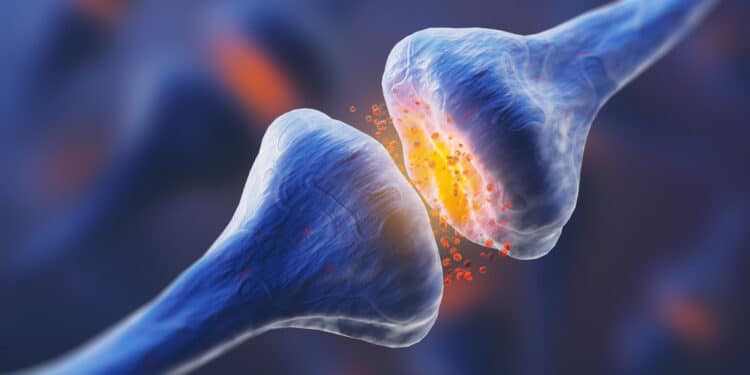
A new study has linked life satisfaction to the chemistry in our brains. People that release more of the neurochemical oxytocin are kinder to others and tend to be more satisfied with their lives.
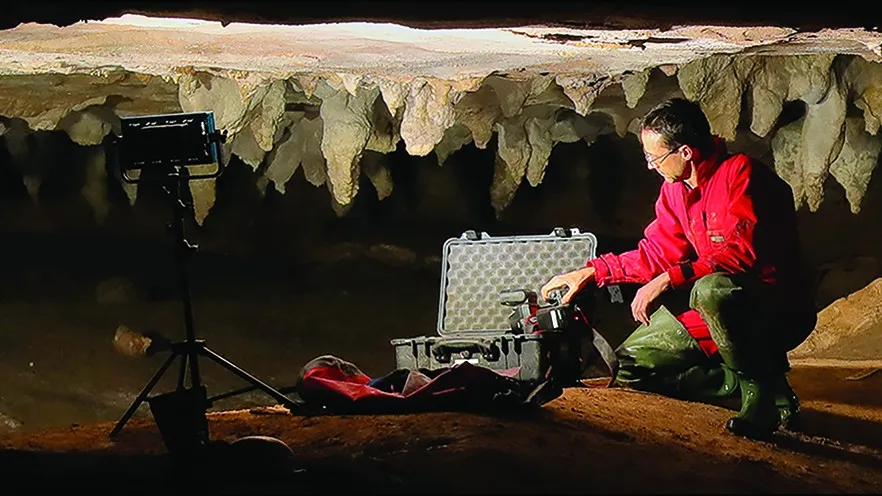
Archaeologists in Alabama have discovered the longest known painting created by early Indigenous Americans, a new study finds.
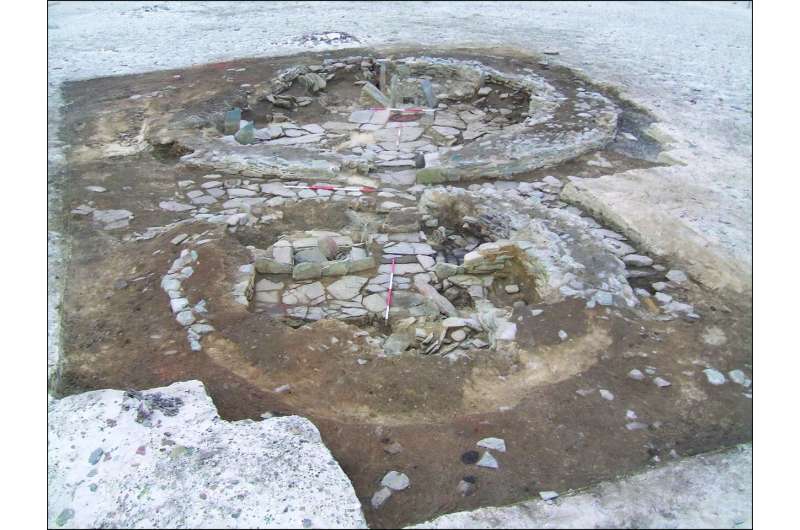
A team of researchers affiliated with the University of Huddersfield in England reports evidence suggesting that large numbers of women from the European continent migrated to the Orkney Islands during the Bronze Age.
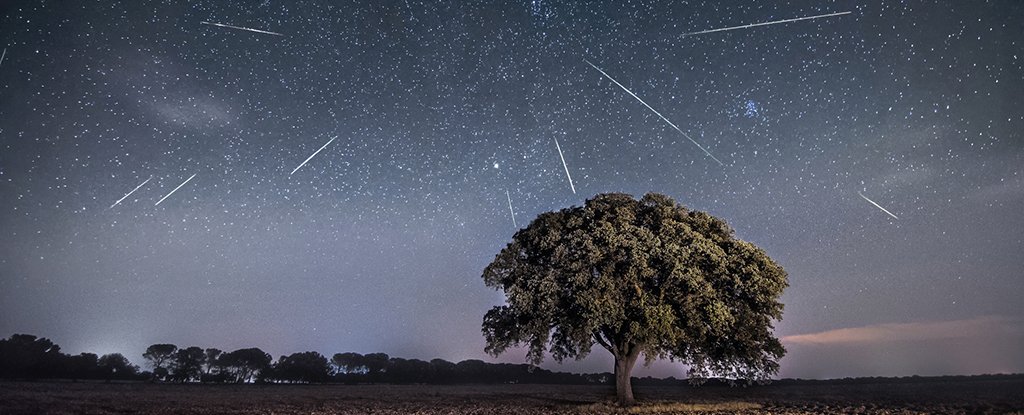
There’s something wonderful about sitting under the night sky, watching a meteor shower play out overhead.

As a legal psychedelic industry nears, facilitators fight for their right to remain underground.
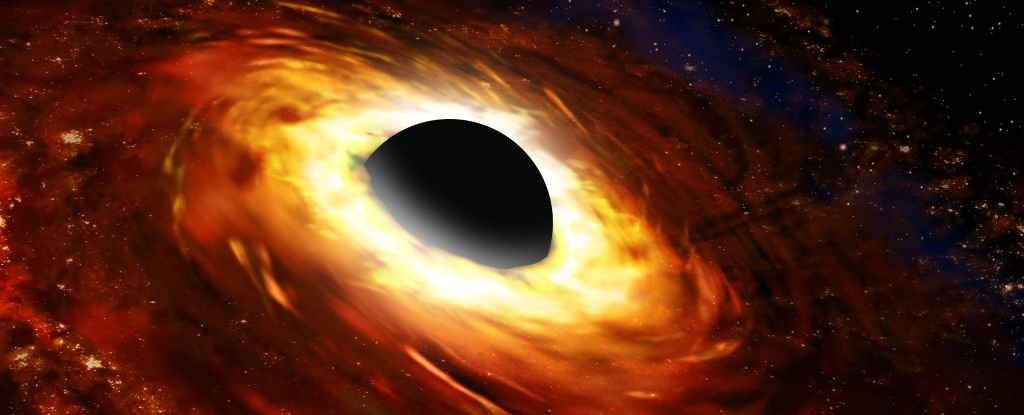
Within the Milky Way, astronomers have just identified eight new examples of these echoing black holes. Previously, only two had been identified within our galaxy.
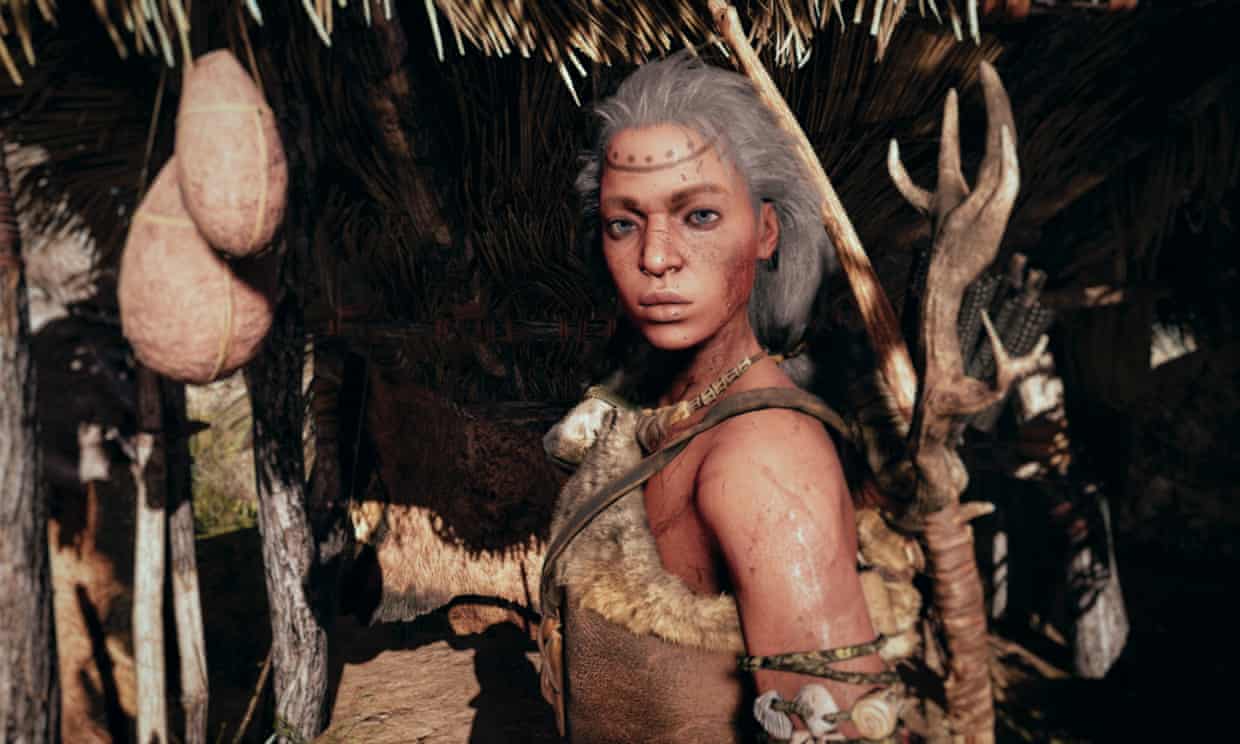
From academic works giving women a supporting role to hunter-gather men, to Raquel Welch’s portrayal of a bikini-clad cavewoman in the 1966 film One Million Years BC, the gender division of the stone age is firmly entrenched in public consciousness.

Dark matter is one slippery substance. As far as we can tell, it has to exist for our current models of the Universe to work. But not only can we not see it, feel it, or interact with it in any way – we’re not even sure what dark matter really is.
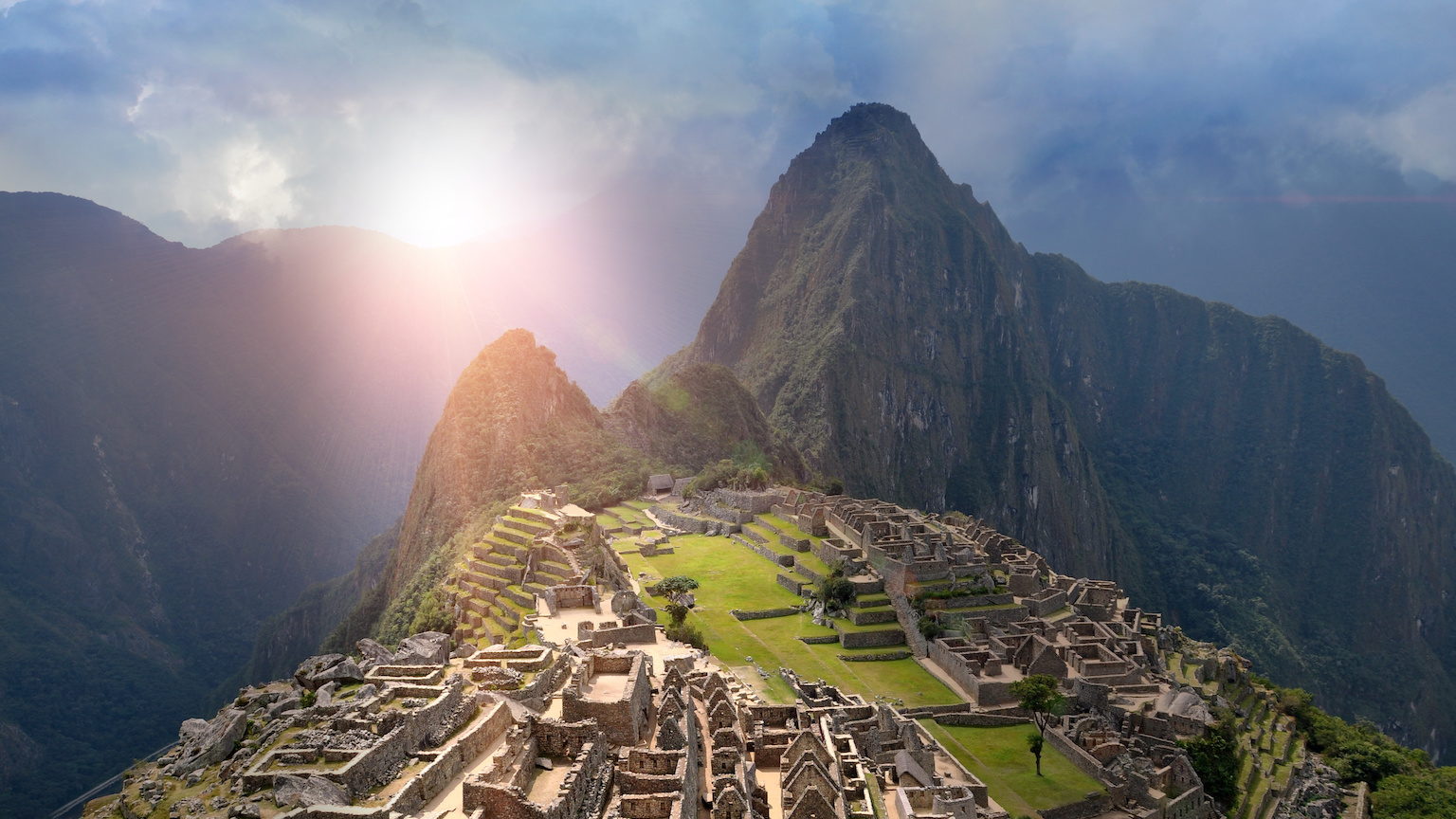
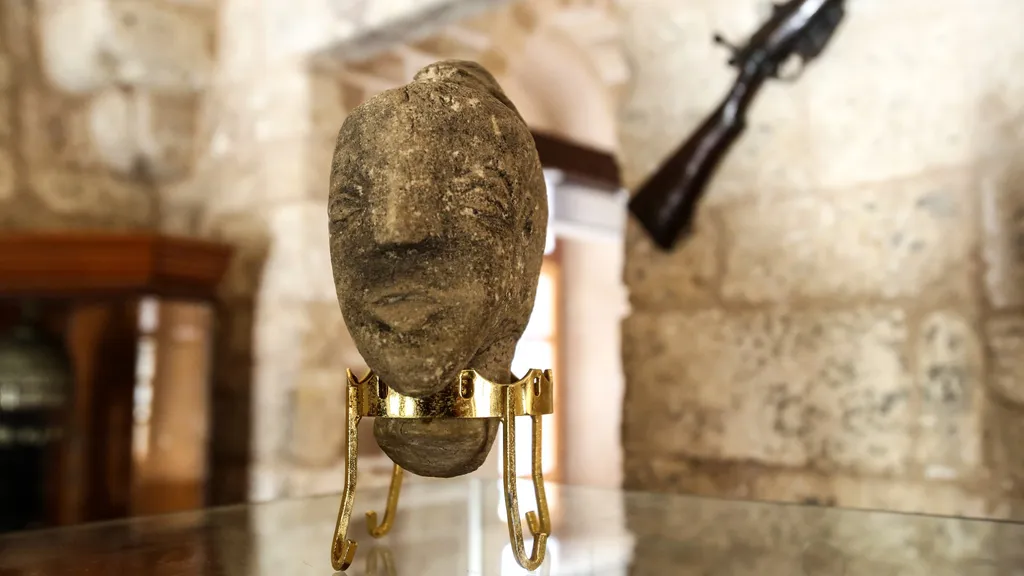
A local farmer has unearthed a 4,500-year-old limestone statue in Gaza, the Ministry of Tourism and Antiquities run by the Islamist group Hamas announced on Tuesday (April 26).

In two weeks’ time, the European Southern Observatory (ESO) is going to present the world with new information about our Milky Way.
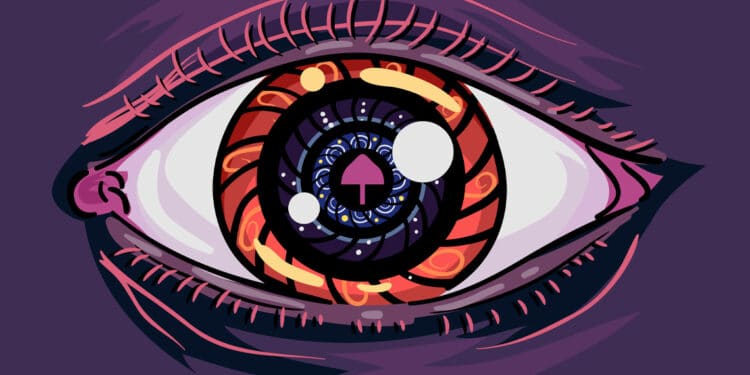
People with depressive symptoms appear to think it is relatively important that guides for psilocybin-assisted psychotherapy have personally used the psychedelic substance themselves, according to a new study published in the Journal of Psychoactive Drugs.
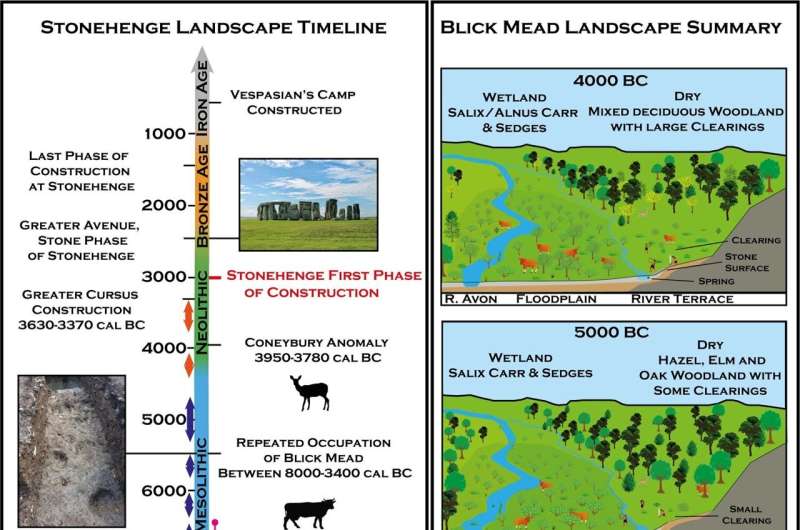
Hunter-gatherers made use of open woodland conditions in the millennia before Stonehenge monuments were built, according to a study published April 27, 2022 in the open-access journal PLOS ONE.
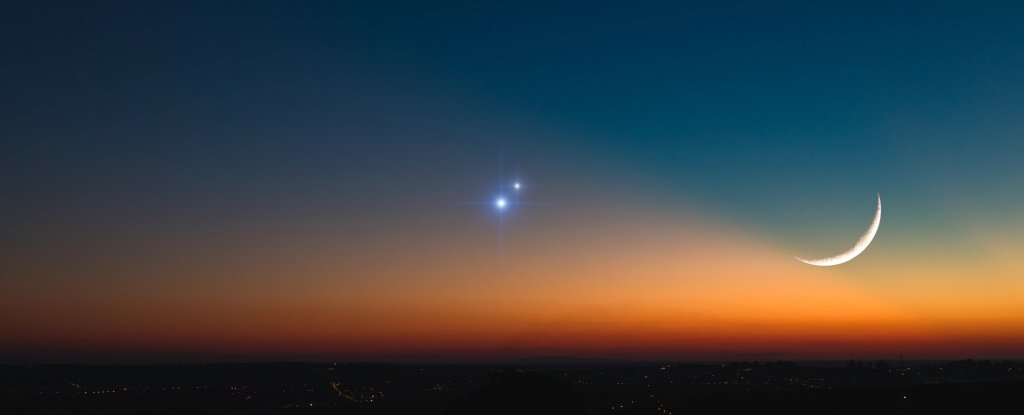
In the early hours of 30 April 2022, we’ll have the chance to see Venus and Jupiter ‘nearly collide’ as they appear to move incredibly close together from our vantage point.
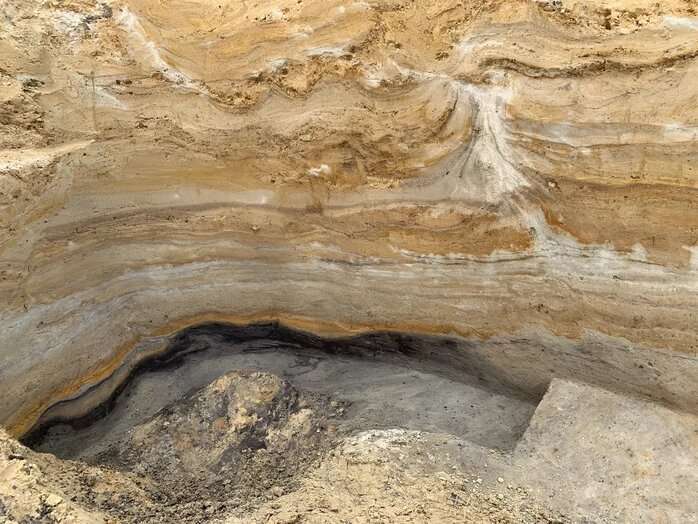
A multidisciplinary research team investigated whether Neanderthals were well adapted to life in the cold or preferred more temperate environmental conditions
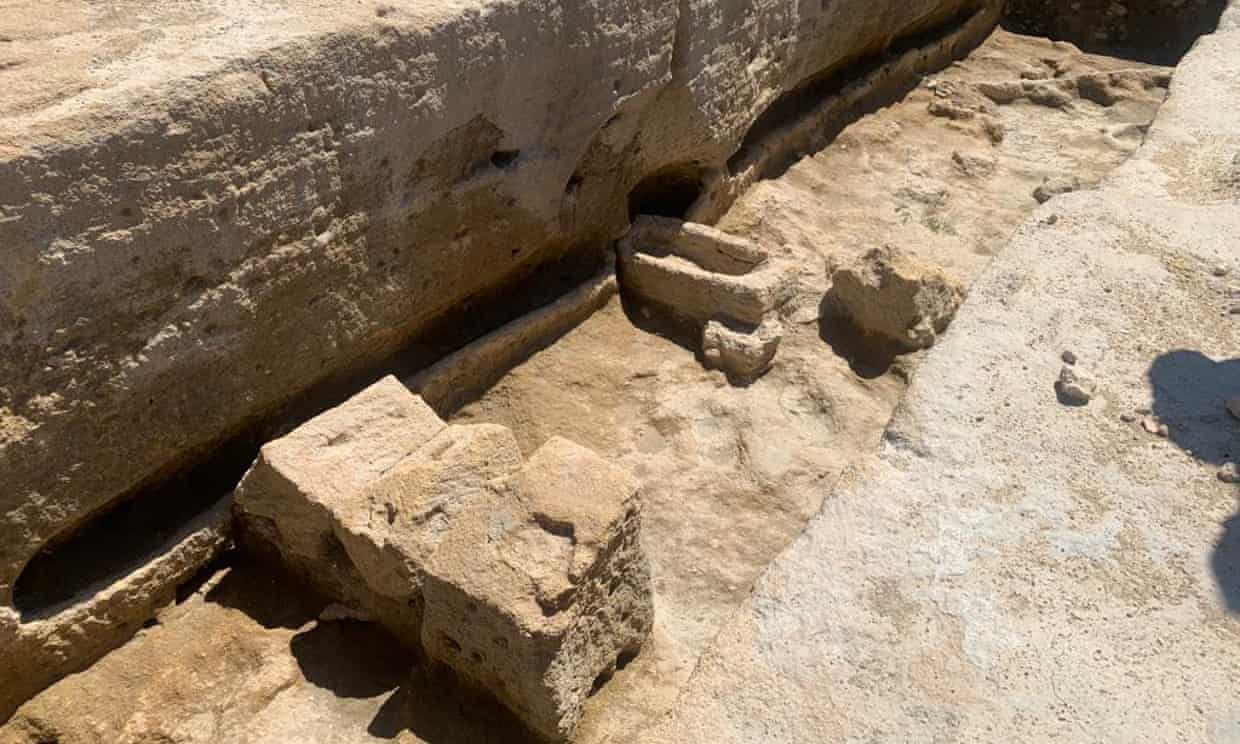
Workers upgrading water supplies in southern Spain have come across an “unprecedented” and well-preserved necropolis of subterranean limestone vaults where the Phoenicians who lived on the Iberian peninsula 2,500 years ago laid their dead.








